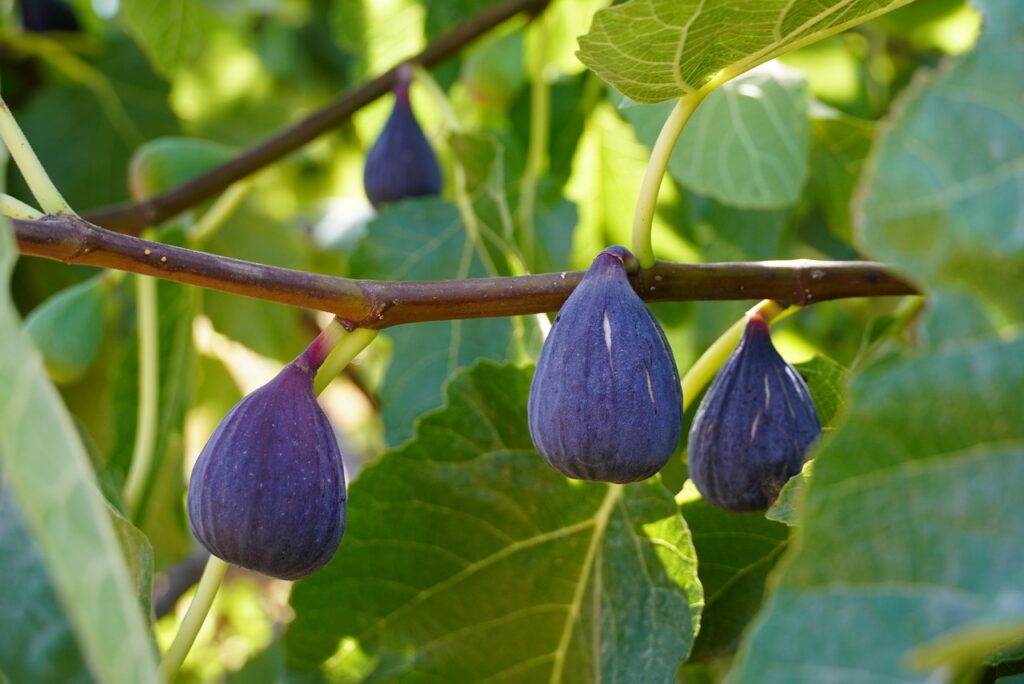Excerpted from Tu B’Shvat Companion: A Handbook for the New Year of the Tree, Livnot U’Lehibanot
ORIGINS OF THE TU B’SHVAT SEDER
Like a real tree, this holiday had to go through a process. Until five hundred years ago, Tu B’Shvat was only recognized, honored and mentioned as one of the days we are not supposed to mourn. Over time, more and more teachers started revealing the spiritual sides of Judaism. This same group of people in Tzfat started celebrating Tu B’Shvat as a real holiday by eating from the fruits of the Land of Israel and sharing the wisdom garnered from them.
Tu B’Shvat was developed as a product of our own spiritual growth and maturity, by internalizing the ideas of the Torah and taking them one step further. It could not have been commanded, it could only have been awakened from within.
Our Tu B’Shvat seder (a similar concept as the Pesach seder that creates an order around the celebration) links us with the Land of Israel. Our ancestors treasured its stones and soil; how much more so its trees and fruit. Passover marks the Journey; Tu B’Shvat celebrates the Arrival. Passover is about yearning for the Land; Tu B’Shvat is the appreciation of the Land.
THE SEVEN SPECIES: VALUES
Wheat products represent our human ability to change and improve.
Olive oil, mostly used for light in the past, symbolizes our striving to connect to our soul, and also the desire to shine its light and ideas out in an understandable and accessible way.
The palm tree (and dates) teaches an important Jewish value–inclusiveness. One who achieves a certain level of completeness and enlightenment is expected to become an inspiration and share their drive towards improvement with others.
Jewish sources often refer to the People of Israel as a grapevine–full of beauty, fruitfulness, and diversity. All parts of the grapevine are vital to its entire existence.
The pomegranate is a symbol for wisdom and the creative ability to see the hidden, as it is the only one of the seven species with an inedible rind.
Just as each fig ripens in its own time, so too does understanding develop over time. Understanding is compared to our ability to hear. It is impossible to hear all the melody at once.
The Tu B’Shvat Companion, created by Livnot U’Lehibanot (To Build & Be Built) is a practical guide for celebrating Tu B’Shvat. The companion is a blend of Jewish texts, sparks of wisdom, spiritual insights, thought-provoking questions and different perspective on the Jewish way of experiencing and celebrating life and creation.
Read Livnot’s own Henna Warman reflect on her experiences in a Tu B’Shvat Seder on the Ritualwell blog!












